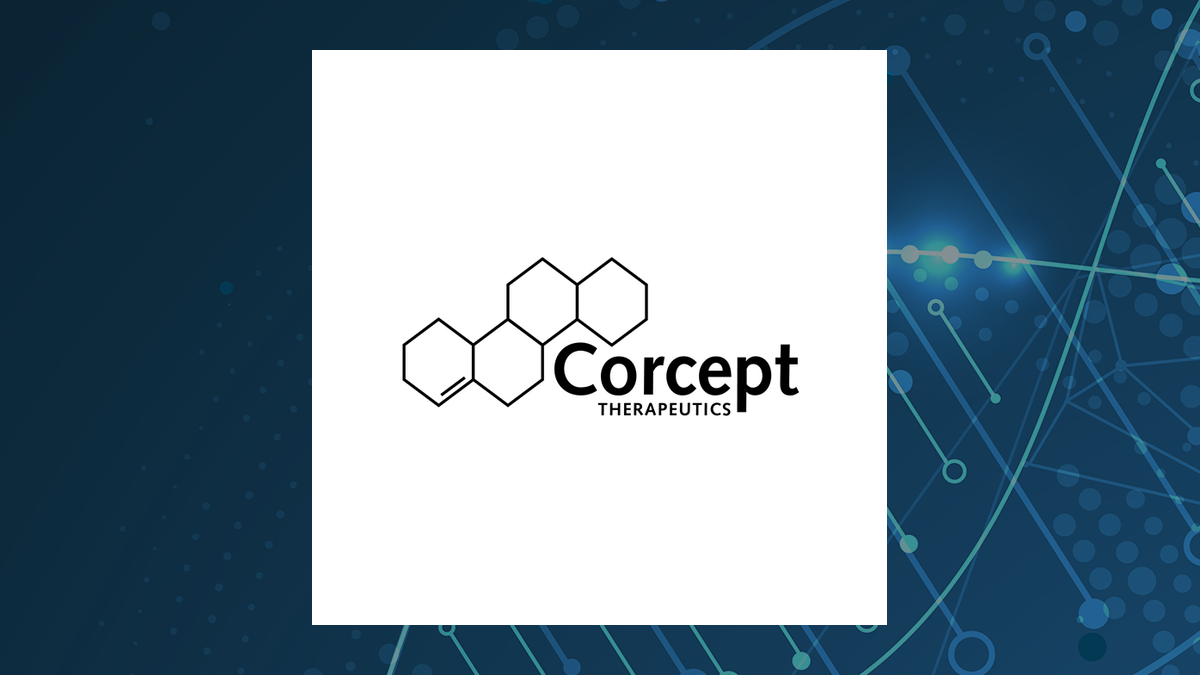Statins have significantly improved heart health globally by effectively lowering cholesterol levels and reducing the risk of heart attacks and strokes. However, recent findings reveal that these widely prescribed medications can have serious side effects, particularly concerning muscle health. Many patients report experiencing muscle pain and weakness, with a smaller subset facing severe complications, including muscle breakdown that may lead to kidney failure.
Researchers have been studying the adverse effects of statins on muscles, identifying that muscle-related issues occur in approximately 10% to 15% of patients taking these drugs. While most cases involve mild discomfort, others can escalate into rhabdomyolysis, a serious condition where muscle fibers break down and potentially enter the bloodstream, risking kidney damage.
Understanding the Mechanism of Muscle Damage
The mechanism by which statins affect muscle tissues is not entirely understood, but several theories have emerged. One prominent theory suggests that statins interfere with the production of coenzyme Q10, a substance critical for muscle cell energy production. This deficiency may lead to muscle fatigue and discomfort. The American Heart Association, in its latest guidelines issued in June 2023, emphasized the importance of monitoring muscle health in patients prescribed statins.
Moreover, individuals with pre-existing conditions such as hypothyroidism or those who engage in intense physical activity may be more susceptible to these side effects. Healthcare professionals are urged to assess patient risk factors before prescribing statins, ensuring a tailored approach to cholesterol management.
Strategies for Mitigating Muscle Pain
For patients experiencing muscle pain while on statins, there are several strategies that may help alleviate these symptoms. First, healthcare providers may consider adjusting the dosage of statins or switching to a different statin with a lower risk profile. In some cases, alternative medications or lifestyle changes, such as diet and exercise, can also effectively manage cholesterol levels without the accompanying muscle risks.
Regular monitoring of muscle health is crucial for patients on statin therapy. Doctors often recommend periodic blood tests to check for signs of muscle damage, including elevated levels of creatine kinase, an enzyme released during muscle breakdown. Early detection can lead to prompt adjustments in treatment, minimizing the risk of severe complications.
As research continues, patients are encouraged to engage in open discussions with their healthcare providers regarding the benefits and risks associated with statin use. Understanding personal health profiles and potential side effects can empower patients to make informed decisions about their treatment options.
In conclusion, while statins play a vital role in heart health management, awareness of their potential muscle-related side effects is essential. As more studies emerge, both patients and healthcare providers can work together to navigate the complexities of statin therapy, ensuring optimal outcomes while minimizing risks.







